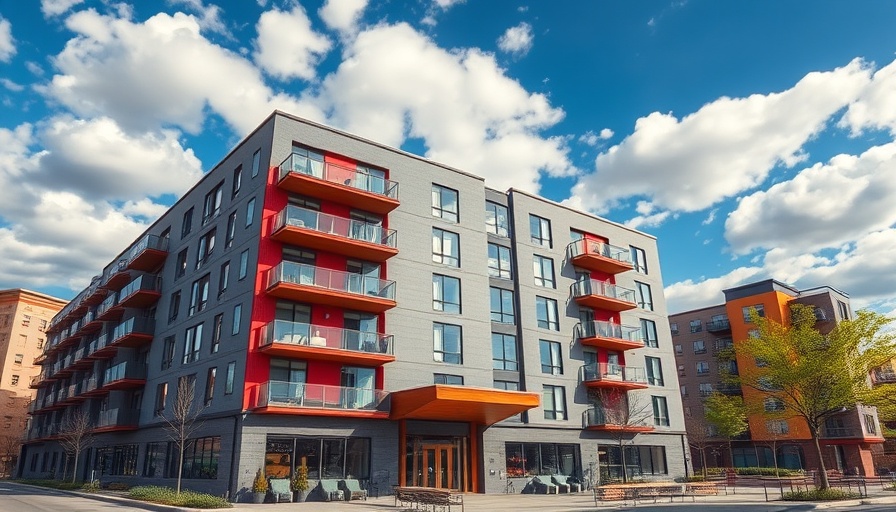
Say Goodbye to Squeaky Floors: The Best Lubricants That Work Wonders
Squeaky floors can be a real nuisance, disrupting the peace of your home and sometimes causing worry about underlying issues. The good news is that you don’t have to live with those irritating sounds. A selection of efficient lubricants is available, each designed to tackle squeaks and restore tranquility. In this article, we explore the best lubricants for squeaky floors, with the aim of helping you enjoy a calm and creak-free living space.
Understanding the Causes of Squeaky Floors
Before diving into the best lubricants, it’s essential to recognize why floors squeak in the first place. The primary culprit is often the friction between floorboards or between boards and the subfloor. Wood contracts and expands due to temperature and humidity changes, leading to gaps where movement occurs and producing those annoying sounds. Identifying these gaps is crucial for effective lubrication.
Top Lubricants for Quiet Floors
Here’s a breakdown of the most recommended lubricants that can effectively combat those pesky squeaks.
1. Graphite Powder: A Time-Tested Solution
Graphite powder stands out as an effective lubricant for squeaky floors, particularly for wooden surfaces. When applied, it reduces friction between floorboards and helps eliminate noise. The application is straightforward—dust the powder into the cracks and use a soft brush or cloth to work it in. Although it can be somewhat messy, using gloves and protective coverings can minimize the hassle.
2. Silicone Spray: Quick and Convenient
Silicone spray offers a quick solution, particularly for laminate and vinyl floors. It leaves a thin, protective layer that reduces friction and dries quickly, making it ideal for busy homeowners. Just spray a small amount onto a clean cloth and apply it to the squeaky area. Its water resistance properties also protect against everyday wear and tear.
3. Talcum Powder: An Unlikely Hero
Often found in personal care routines, talcum powder doubles as an effective lubricant for squeaky floors, absorbing moisture and reducing friction. Simply sprinkle the powder in noisy areas and work it into the seams. While it’s particularly effective for wooden floors, keep in mind that it may need frequent reapplication, especially in more humid settings.
4. Wax-Based Lubricants: Long-Lasting Solution
Wax or wax-based lubricants are frequently used for hardwood flooring. Melt the wax and pour it into the gaps where the squeaks originate, allowing it to cool and form a protective barrier. This not only reduces noise but provides a long-lasting solution. Be sure to choose the right wax for your type of flooring to ensure compatibility.
5. Dry Lubricant Sprays: Low-Maintenance Fixes
For those hard-to-reach areas, dry lubricants like Teflon-based sprays can work wonders. They quickly provide a slippery surface that minimizes noise, drying without leaving a residue behind. Simply apply the spray directly to the squeaky spots, and you’ll enjoy a more peaceful environment almost instantly.
Choosing the Right Lubricant for Your Floors
When selecting a lubricant, consider the type of flooring in your home. For wooden floorboards, graphite or wax-based lubricants are often the best choice, while laminate or vinyl floors may respond better to silicone sprays. Meanwhile, talcum powder serves as a great option for a quick fix. Regardless of what you choose, experimenting with these solutions can help you find the one that best quiets your specific floor.
Future Maintenance Tips for Squeak-Free Living
Once you’ve found your lubricant and silenced your squeaky floors, ongoing upkeep is essential. Regularly check your floors for any new gaps or movement, especially after significant temperature changes. Keeping the humidity in your home stable can also help reduce the chances of squeaks returning, so consider using a humidifier in dry months.
Conclusion: Embrace Peace in Your Home
Squeaky floors don't have to be a part of your daily life with the right approach to lubrication. Whether it’s using graphite powder, silicone spray, talcum powder, wax-based lubes, or dry sprays, there’s a solution out there for you. Try out these options to find the best fit for your home, so you can enjoy a noise-free environment and reclaim your peace.
 Add Row
Add Row  Add
Add 




Write A Comment